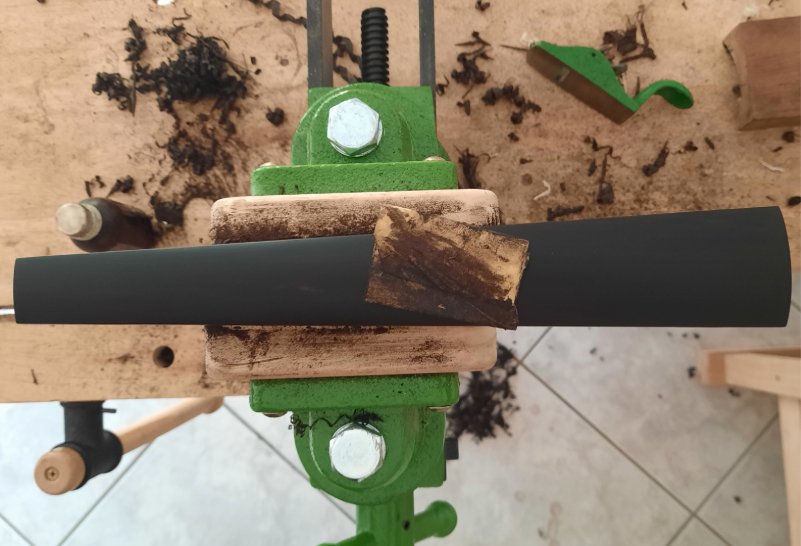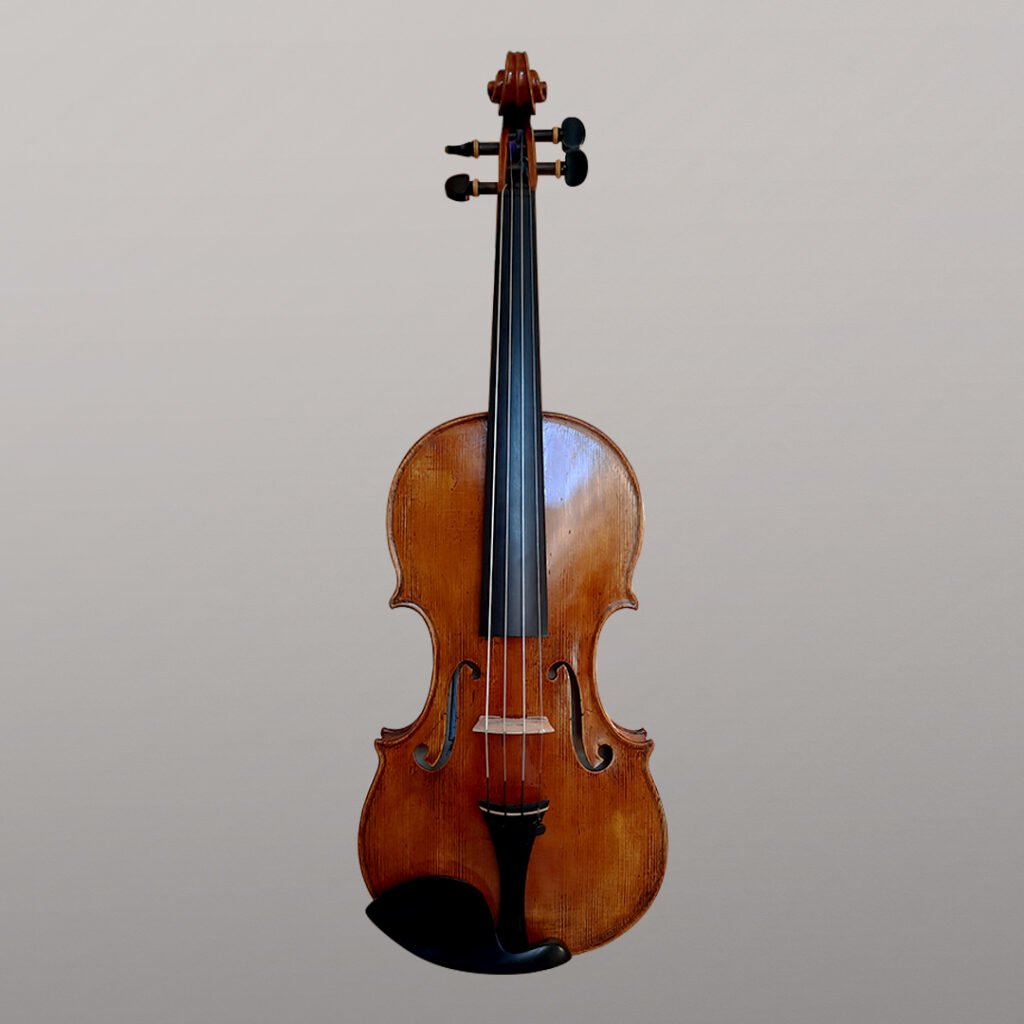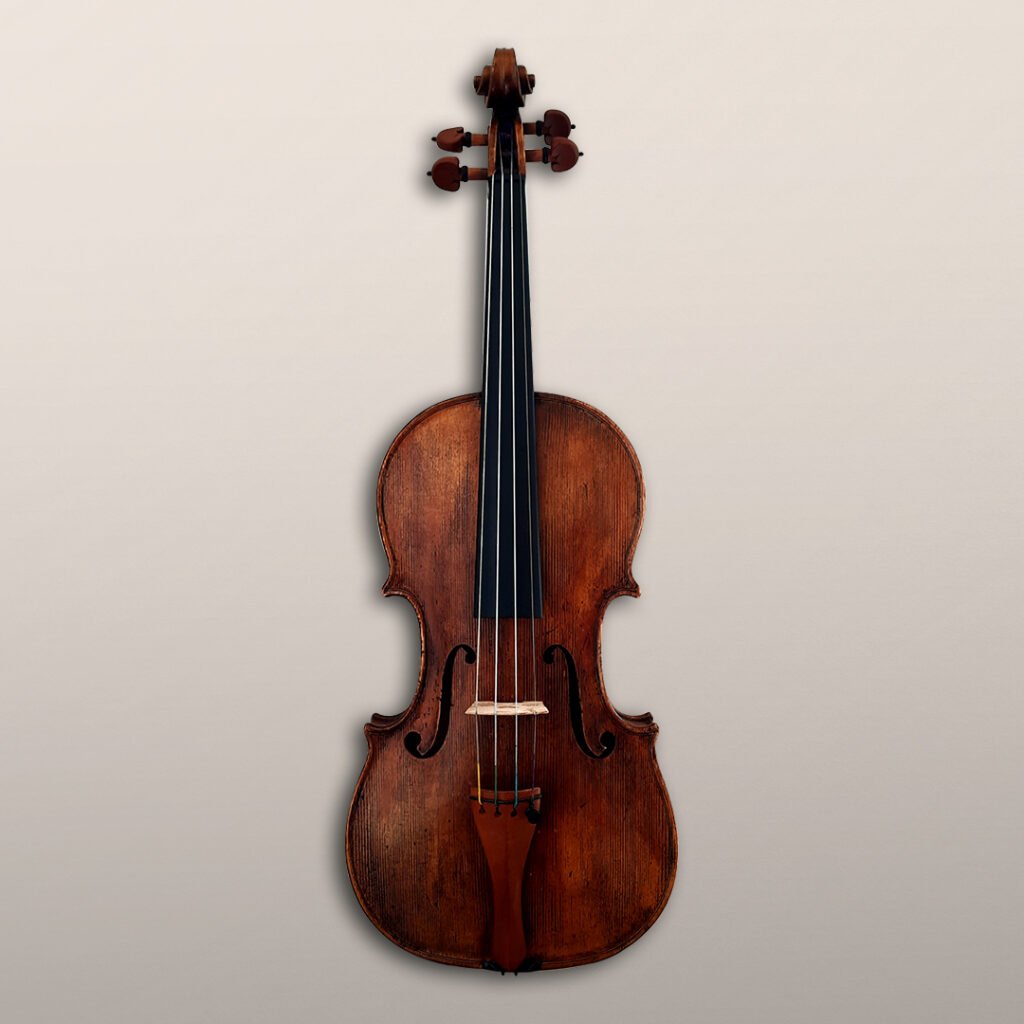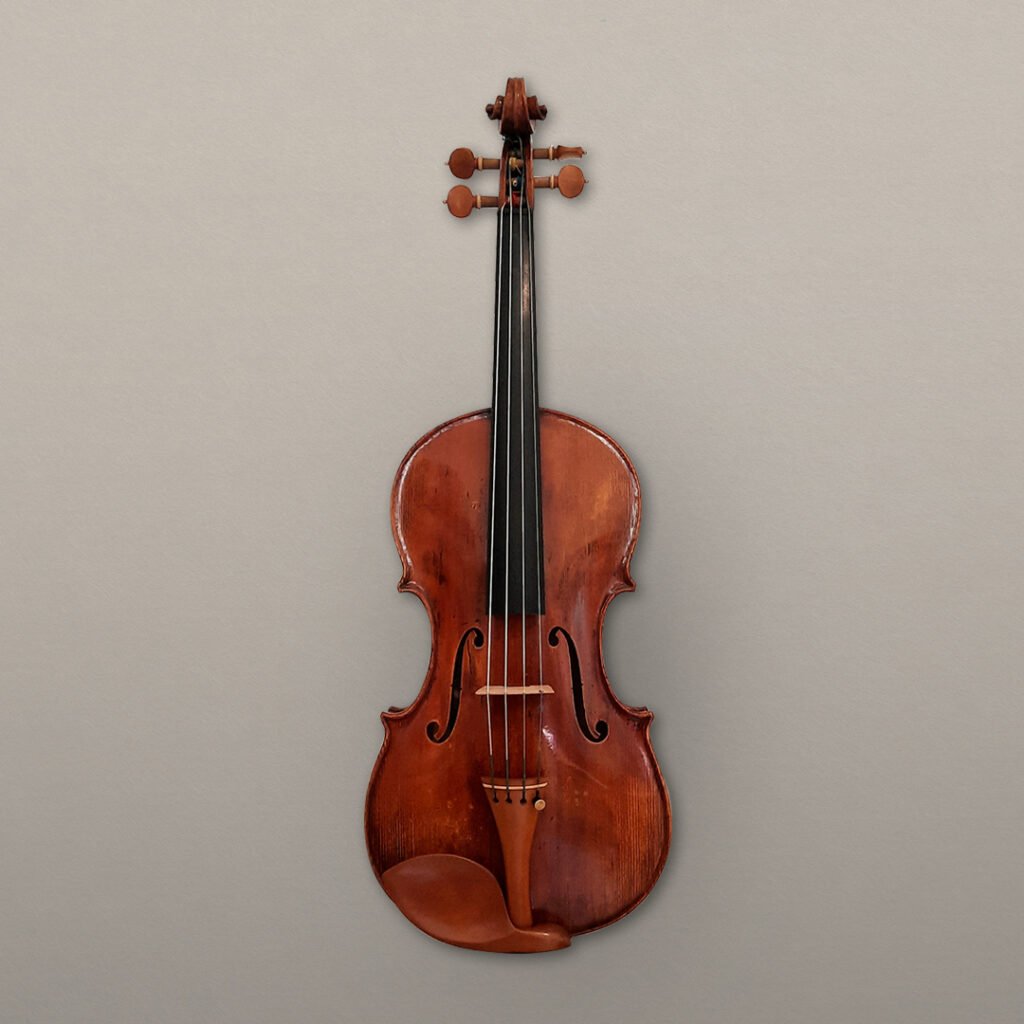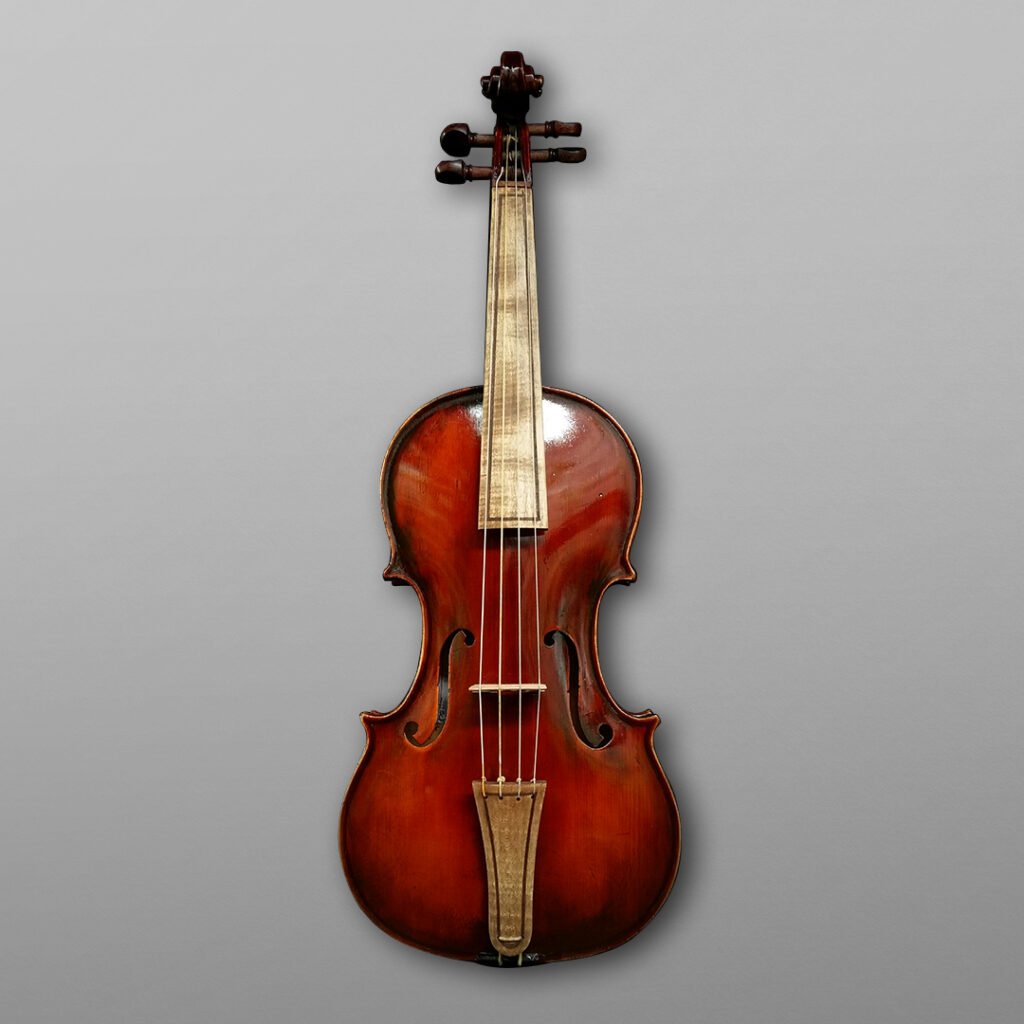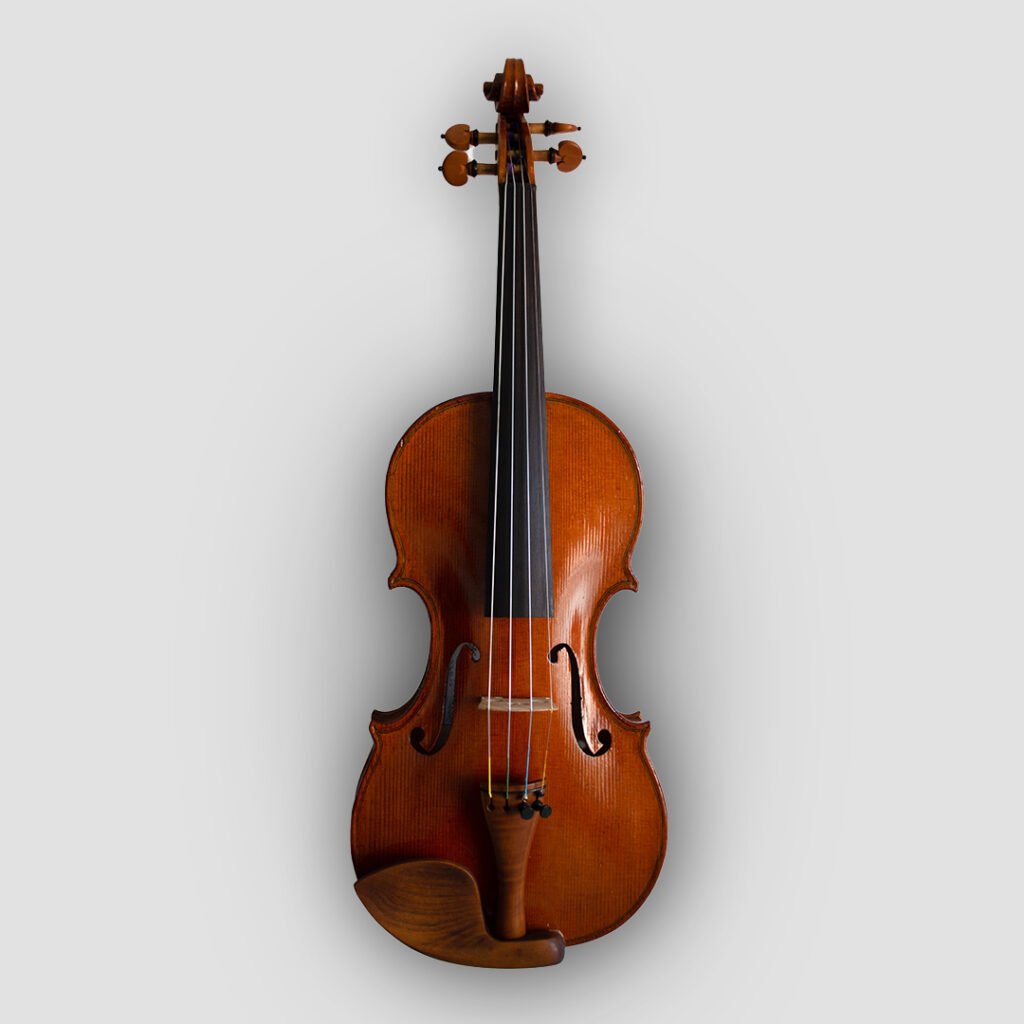Giuseppe Guarneri: The Luthier Who Challenged Stradivari’s Perfection

When we think of the great names in lutherie, Giuseppe Guarneri, known as “del Gesù”, stands out as a legendary figure. His work marked a turning point in violin making, and although he lived in the shadow of Antonio Stradivari in Cremona, his unique style and approach left an indelible mark on the history of string instruments.
Before diving into Guarneri’s story, let’s take a moment to watch this beautiful video from Anne Akiko Meyers’ channel, where we listen to and analyze one of Guarneri’s greatest masterpieces.
Throughout her career, Anne Akiko Meyers has played some of the most valuable historical instruments. She currently has lifetime use of the Guarneri “del Gesù” Vieuxtemps from 1741, the same violin we saw in the video, which is considered one of the finest violins ever made. Previously, she performed on the Stradivarius “Royal Spanish” from 1730 and the Stradivarius “Molitor” from 1697.
But let’s go back to the history of Guarneri.
The Guarneri Family: A Dynasty of Luthiers
Giuseppe Guarneri was born in 1698 in Cremona, Italy, into a renowned family of luthiers. His grandfather, Andrea Guarneri, had been a disciple of none other than Niccolò Amati, and his father, Giuseppe Giovanni Guarneri (known as “filius Andreae”), carried on the family tradition. However, Giuseppe “del Gesù” took a different path, distancing himself from the conventional methods of his time.
Unlike Stradivari, who pursued symmetrical perfection and flawless aesthetics, Guarneri’s violins have a bolder character. His instruments are known for their imperfections in craftsmanship, such as rougher tool marks or asymmetrical outlines. But these traits were not mere oversights—they reflected a deeper pursuit: prioritizing sound above all else.
What does “del Gesù” mean?
The nickname “del Gesù” comes from the inscription “IHS” (a monogram of Jesus Christ) that appears on the labels of his instruments, accompanied by a cross. This detail has led many to speculate about his life, suggesting that he had a deep religious devotion or was even part of a pious order. However, details about his personal life are scarce, and much of his history remains shrouded in mystery.

The Characteristics of Giuseppe Guarneri’s Violins
Guarneri “del Gesù” violins are renowned for their powerful projection and rich tonal quality, making them a favorite among distinguished soloists. Some key aspects of their construction include:
Carefully selected woods: Despite his less perfectionist approach, Guarneri chose high-quality tonewoods, ensuring that each component contributed to the exceptional sound of his instruments.
Higher arching: Compared to Stradivari violins, Guarneri’s instruments often feature more pronounced arching, contributing to a deeper and more robust sound.
Elongated and angled f-holes: These slightly larger and more open sound holes allow for greater resonance.
The Most Famous Instruments of Giuseppe Guarneri
Of the approximately 150 instruments attributed to him, the most famous is “Il Cannone”, a violin that belonged to the virtuoso Niccolò Paganini. This instrument is renowned for its powerful sound and its ability to respond to the most demanding techniques, making it a treasure both historically and musically.
Other notable violins include the “Kreisler” and the “Lord Wilton”, both played by highly esteemed violinists over the centuries. These instruments are perfect examples of how Guarneri’s genius transcended the standards of his time.
Guarneri’s Influence on Modern Lutherie
The legacy of Guarneri “del Gesù” has profoundly influenced generations of luthiers. His ability to challenge conventions and focus on sonic expressiveness makes him an iconic figure. Even today, many luthiers study his techniques and designs, seeking to understand how he achieved such a unique combination of power, tonal richness, and unmistakable character in each instrument.
Giuseppe Guarneri “del Gesù” was much more than a contemporary of Stradivari. He was an innovator who, with his bold and unconventional approach, redefined what a violin could be. His instruments have not only stood the test of time but continue to inspire musicians and luthiers alike.
If you’re interested in learning more about the great names in lutherie or diving deeper into technical aspects, leave your comments on the blog, and let’s keep the conversation going!
Violins and Violas for Sale
Giuseppe Guarneri: The Luthier Who Challenged Stradivari’s Perfection

When we think of the great names in lutherie, Giuseppe Guarneri, known as “del Gesù”, stands out as a legendary figure. His work marked a turning point in violin making, and although he lived in the shadow of Antonio Stradivari in Cremona, his unique style and approach left an indelible mark on the history of string instruments.
Before diving into Guarneri’s story, let’s take a moment to watch this beautiful video from Anne Akiko Meyers’ channel, where we listen to and analyze one of Guarneri’s greatest masterpieces.
Throughout her career, Anne Akiko Meyers has played some of the most valuable historical instruments. She currently has lifetime use of the Guarneri “del Gesù” Vieuxtemps from 1741, the same violin we saw in the video, which is considered one of the finest violins ever made. Previously, she performed on the Stradivarius “Royal Spanish” from 1730 and the Stradivarius “Molitor” from 1697.
But let’s go back to the history of Guarneri.
The Guarneri Family: A Dynasty of Luthiers
Giuseppe Guarneri was born in 1698 in Cremona, Italy, into a renowned family of luthiers. His grandfather, Andrea Guarneri, had been a disciple of none other than Niccolò Amati, and his father, Giuseppe Giovanni Guarneri (known as “filius Andreae”), carried on the family tradition. However, Giuseppe “del Gesù” took a different path, distancing himself from the conventional methods of his time.
Unlike Stradivari, who pursued symmetrical perfection and flawless aesthetics, Guarneri’s violins have a bolder character. His instruments are known for their imperfections in craftsmanship, such as rougher tool marks or asymmetrical outlines. But these traits were not mere oversights—they reflected a deeper pursuit: prioritizing sound above all else.
What does “del Gesù” mean?
The nickname “del Gesù” comes from the inscription “IHS” (a monogram of Jesus Christ) that appears on the labels of his instruments, accompanied by a cross. This detail has led many to speculate about his life, suggesting that he had a deep religious devotion or was even part of a pious order. However, details about his personal life are scarce, and much of his history remains shrouded in mystery.

The Characteristics of Giuseppe Guarneri’s Violins
Guarneri “del Gesù” violins are renowned for their powerful projection and rich tonal quality, making them a favorite among distinguished soloists. Some key aspects of their construction include:
Carefully selected woods: Despite his less perfectionist approach, Guarneri chose high-quality tonewoods, ensuring that each component contributed to the exceptional sound of his instruments.
Higher arching: Compared to Stradivari violins, Guarneri’s instruments often feature more pronounced arching, contributing to a deeper and more robust sound.
Elongated and angled f-holes: These slightly larger and more open sound holes allow for greater resonance.
The Most Famous Instruments of Giuseppe Guarneri
Of the approximately 150 instruments attributed to him, the most famous is “Il Cannone”, a violin that belonged to the virtuoso Niccolò Paganini. This instrument is renowned for its powerful sound and its ability to respond to the most demanding techniques, making it a treasure both historically and musically.
Other notable violins include the “Kreisler” and the “Lord Wilton”, both played by highly esteemed violinists over the centuries. These instruments are perfect examples of how Guarneri’s genius transcended the standards of his time.
Guarneri’s Influence on Modern Lutherie
The legacy of Guarneri “del Gesù” has profoundly influenced generations of luthiers. His ability to challenge conventions and focus on sonic expressiveness makes him an iconic figure. Even today, many luthiers study his techniques and designs, seeking to understand how he achieved such a unique combination of power, tonal richness, and unmistakable character in each instrument.
Giuseppe Guarneri “del Gesù” was much more than a contemporary of Stradivari. He was an innovator who, with his bold and unconventional approach, redefined what a violin could be. His instruments have not only stood the test of time but continue to inspire musicians and luthiers alike.
If you’re interested in learning more about the great names in lutherie or diving deeper into technical aspects, leave your comments on the blog, and let’s keep the conversation going!

